The Early Life of George Washington
George Washington is more responsible for the creation of America than anyone else in our country’s incredible history. He was the right man with the right set of characteristics and talents at just the right time. It is hard to imagine the United States could have happened without his presence.
His American story begins in 1656 when John Washington emigrated from Northamptonshire, England to the Colony of Virginia. John was the son of an English clergyman who came to Virginia as a mate on the British ship Sea Horse of London. Seeing the possibilities for self-advancement for an industrious man, John decided to remain in the new world.
John, George’s great- grandfather, soon married and began acquiring land in the Northern Neck of Virginia. By 1668, John had acquired over 5,000 acres, including what would become the Mount Vernon estate. These land purchases would prove to be the basis for the family wealth of the Washington’s.
George’s father, Augustine Washington, called Gus by his friends, possessed tremendous strength and was over six feet tall, clearly passing on his genes to George. He was the middle child of Lawrence Washington, and as such did not inherit the largest share of the family fortune. That said, upon coming of age in 1715, Augustine was granted 1740 acres of good planting land in northern Virginia.
Augustine’s first wife, Jane Butler, with whom he had three children, died in 1729. He quickly remarried, this time to Mary Ball, an orphan whose parents died when she was twelve but left Mary with considerable property. The newlyweds set up their home at Pope’s Creek in Westmoreland County, Virginia. There they had their first child together on February 22, 1732, a healthy, strapping boy they named George, after George Eskridge, a prominent lawyer who raised Mary Ball after her parents died,
Augustine was a justice of the peace and seen as a young man on the rise, adding to his estate on several occasions. He became a successful tobacco planter and built and operated a furnace to make iron. In 1735, Augustine moved his family to Little Hunting Creek on the banks of the Potomac River and three years later to Ferry Farm near Fredericksburg.
When Augustine died unexpectedly in 1743, George’s older, half-brother Lawrence inherited Little Hunting Creek which he subsequently named Mount Vernon. Lawrence was fourteen years older than George and a war hero and George idolized him. George inherited Ferry Farm, which was on the north bank of the Rappahannock River and named for a ferry that operated nearby.
Within two months of Augustine’s death, Lawrence married Anne Fairfax, the niece of the Lord William Fairfax, the wealthiest and most powerful man in the Northern Neck of Virginia. This union placed the Washingtons in the top rung of Virginia society, and would prove a blessing for young George.
Although Augustine had sent George’s two older half-brothers to England for a classical education, his unexpected death in 1743 prevented George from following in their footsteps. Consequently, George’s education came at the hands of private tutors and his own studies.
In addition to reading and writing, Washington learned Geometry and Trigonometry in preparation for his career in surveying and, interestingly, he also studied manners. Specifically, he copied out 110 “Rules for Civility and Decent Behavior in Company and Conversation.” Its teachings clearly influenced the formation of Washington’s later character.
He also showed an early interest in former military leaders, studying ancient legends Alexander the Great and Julius Caesar, as well as more contemporary heroes Charles XII of Sweden and Frederick the Great of Prussia. The lessons learned from these men proved valuable to Washington when facing difficulties in the American Revolution.
Henry Hintermeister. “George Washington, Surveyor.” Wikimedia.
At the age of 15, Washington was finished with his formal schooling and began his first career as a surveyor. With the aid of his relative, Lord Fairfax, George was named surveyor for Culpepper County in 1749. His experiences in this capacity hardened and toughened his body and taught him to be self-reliant at a young age. It also piqued his interest in western lands, an interest he never lost.
In September 1751, Lawrence, who had been sickly for several years, decided to sail to Barbados for that island’s warmer weather and supposed healing qualities. He asked George to accompany him, and George readily agreed. This trip would mark the only occasion in George’s life when he was away from America.
Unfortunately, the change of scenery did not do the trick and Lawrence continued to struggle with his health. George also did not do well in Barbados as he contracted smallpox soon after his arrival. The disease left pockmarks on George’s face but made him immune to the disease which would prove to be a blessing during the American Revolution.
George decided to return home and arrived in January 1752. Lawrence, after a brief stop in Bermuda, returned to Virginia in June 1752 and died a month later of tuberculosis. He left his wife, Anne, a life interest in Mount Vernon and most of his estate to his infant daughter, Sarah. Lawrence further stipulated that should Sarah die childless, Mount Vernon would revert to George when Anne died.
When Sarah died in 1754, George assumed the management of Mount Vernon at the age of 22 and when Anne passed in 1761, George Washington became master of the estate that was to become synonymous with his name.
Next week, we will discuss how Colonel George Washington started a war. Until then, may your motto be “Ducit Amor Patriae,” love of country leads me.

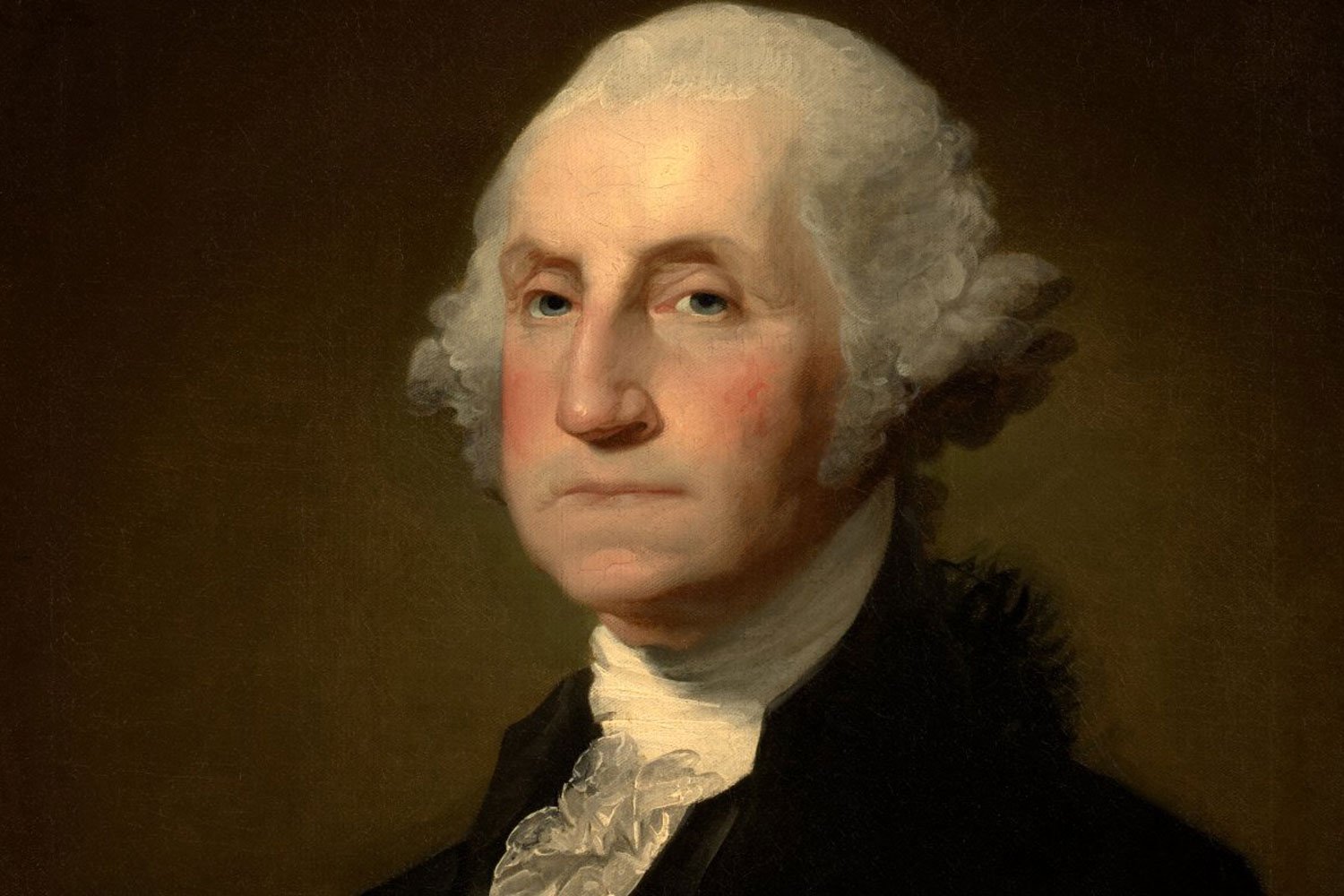
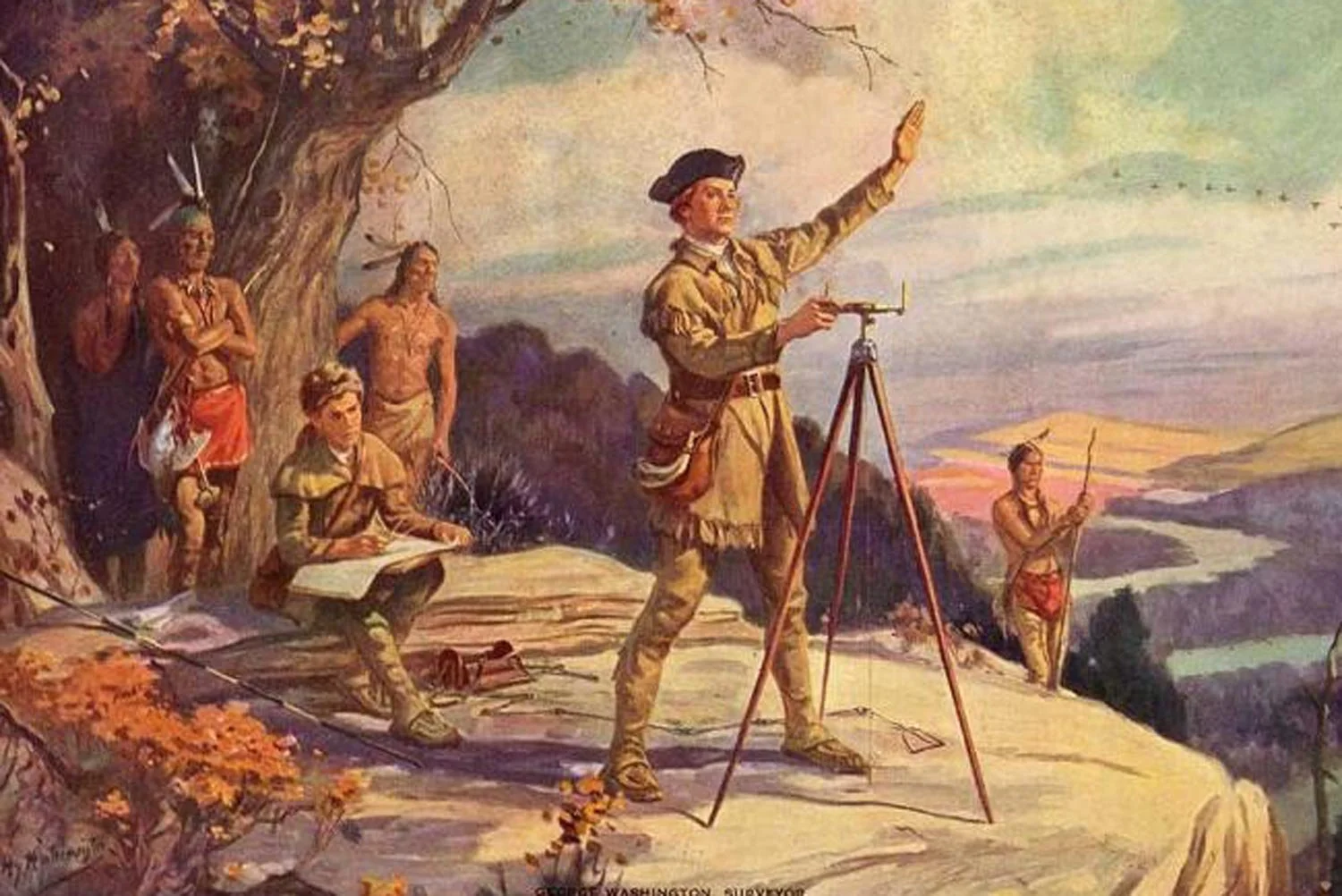
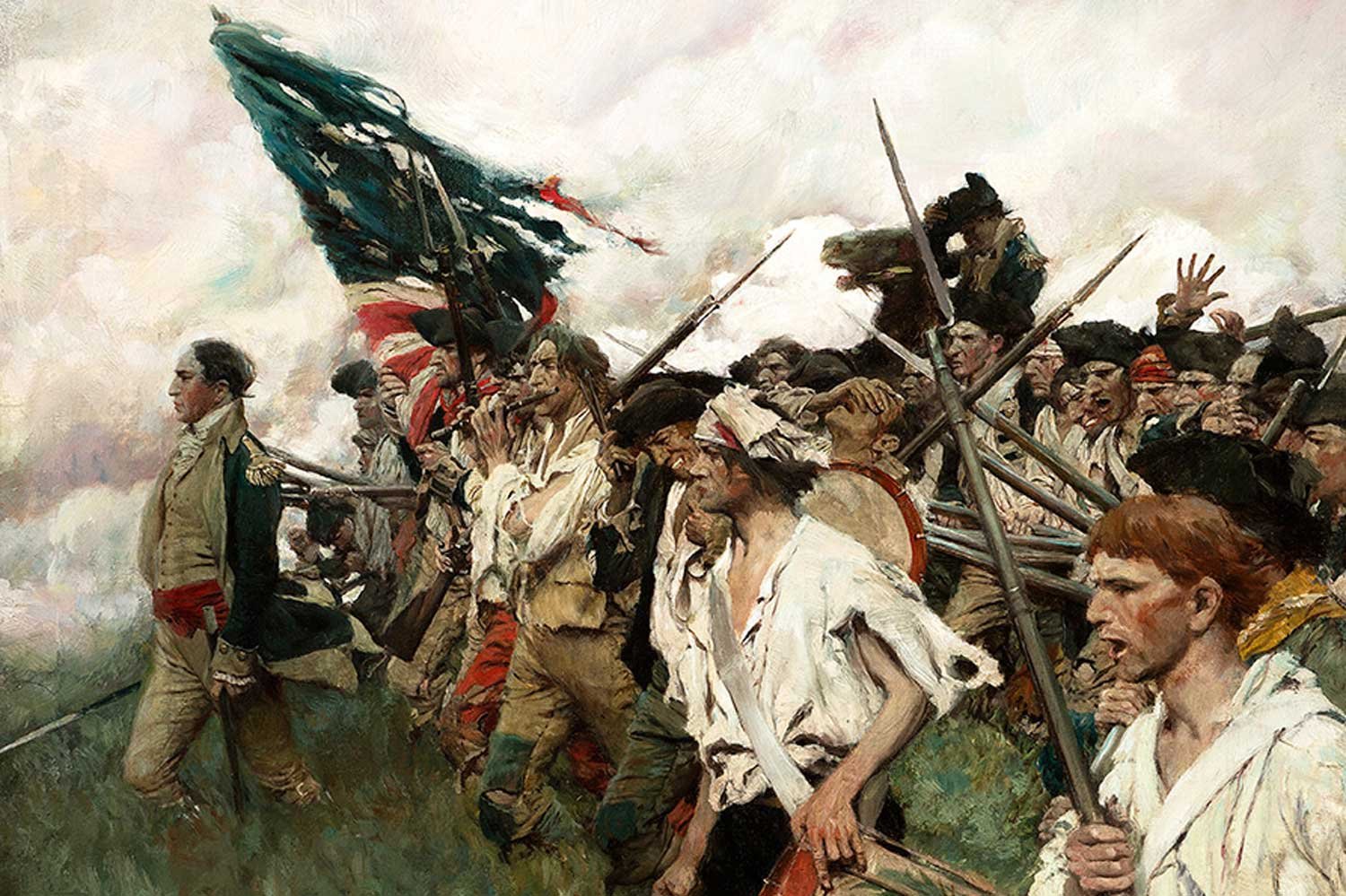
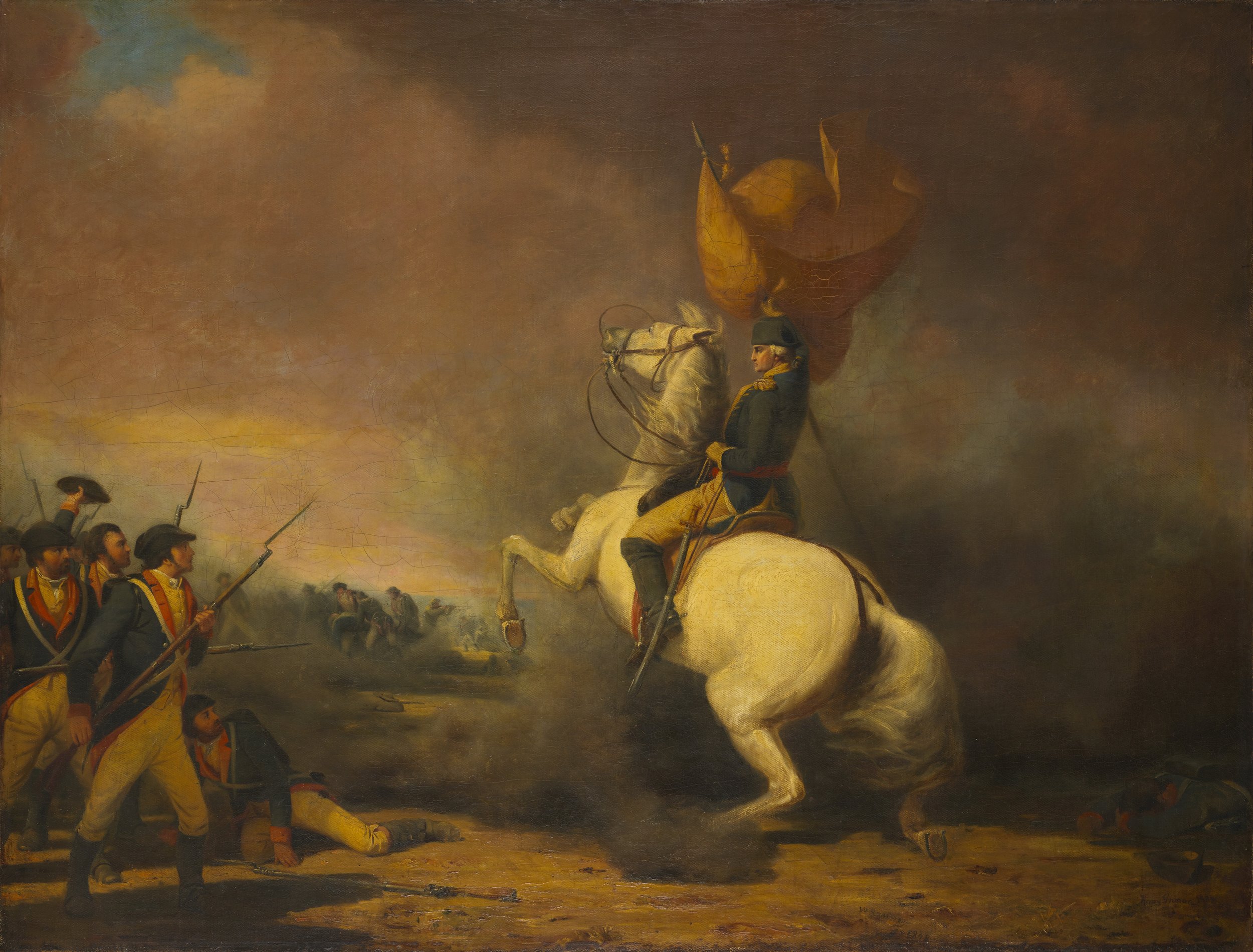
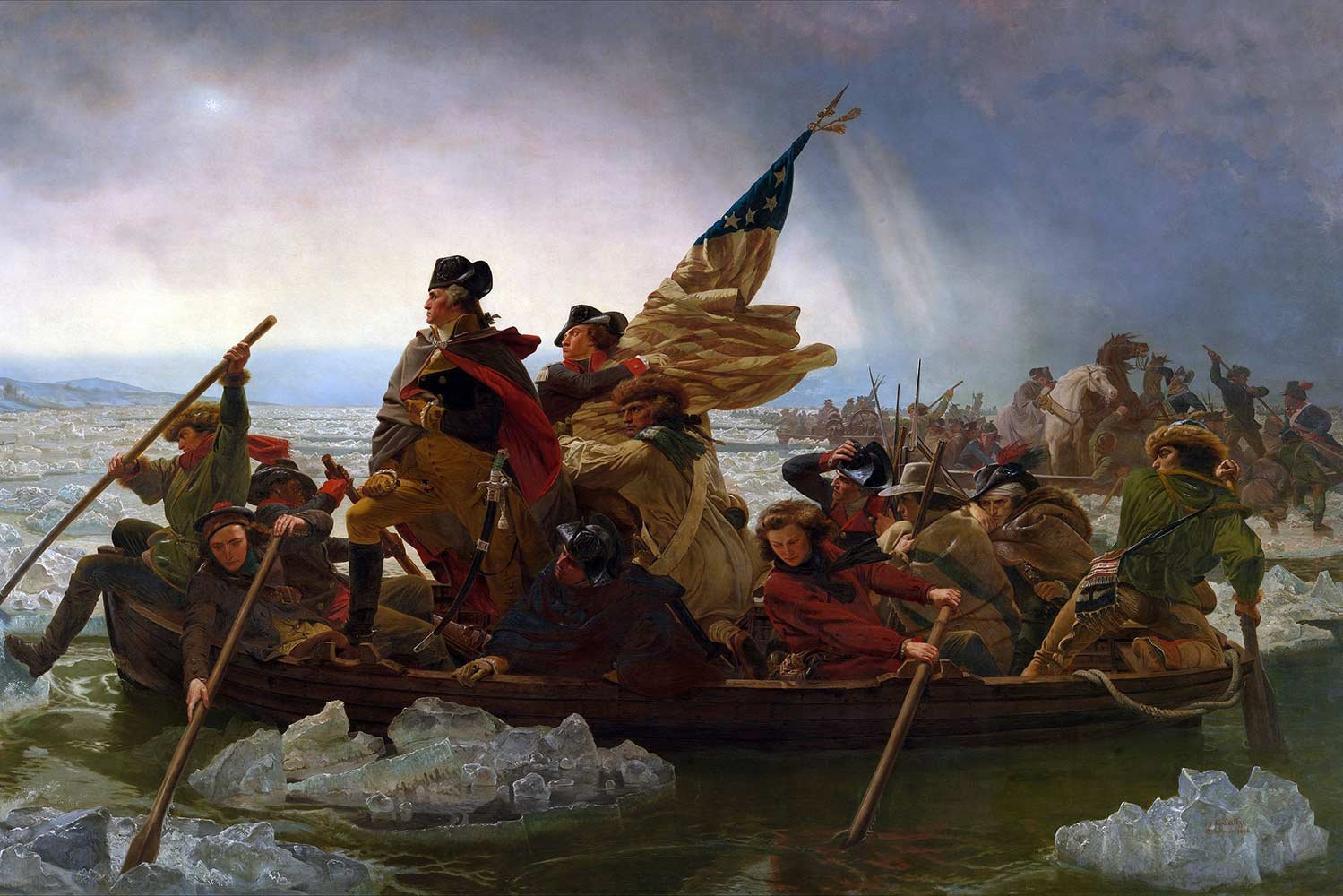

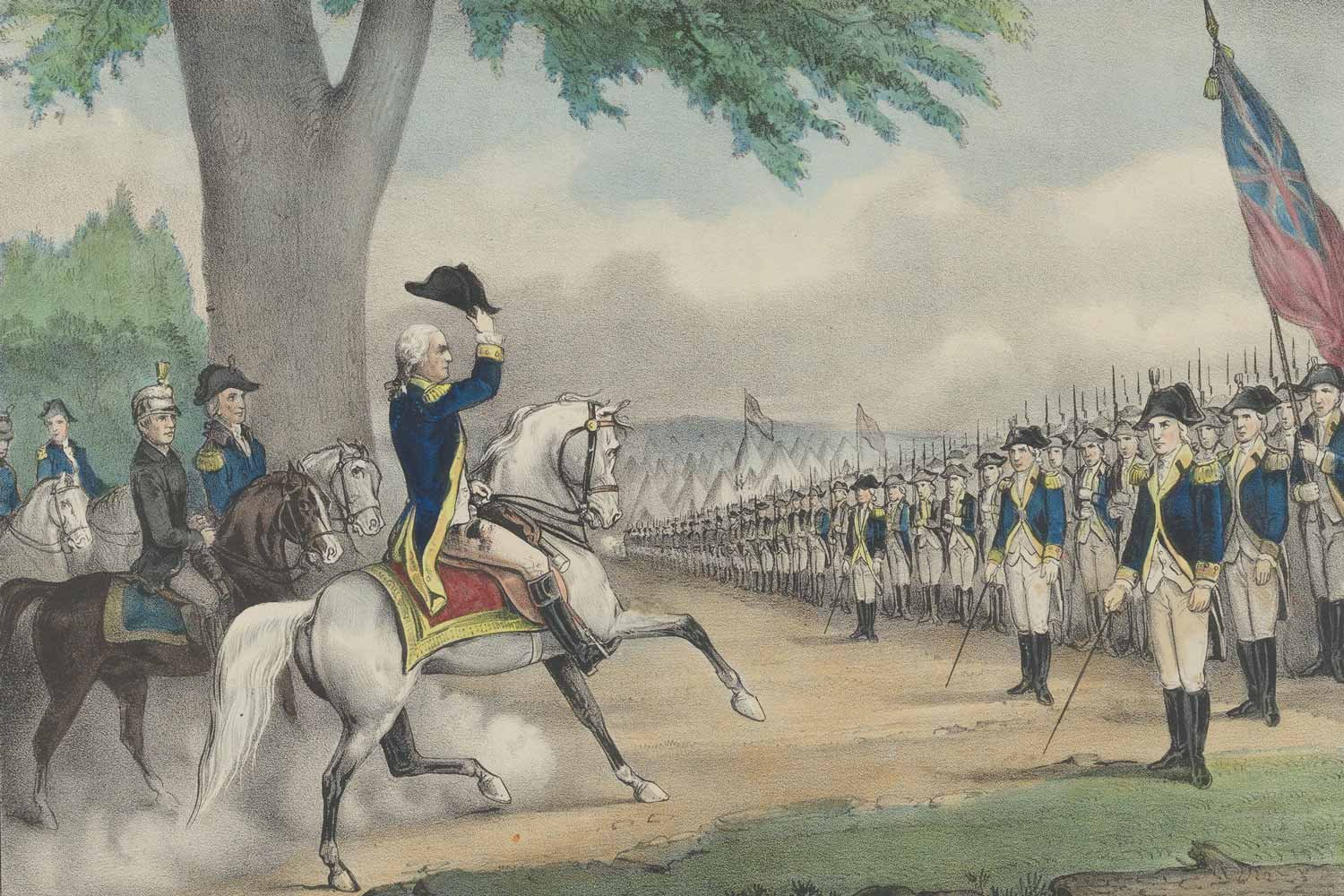
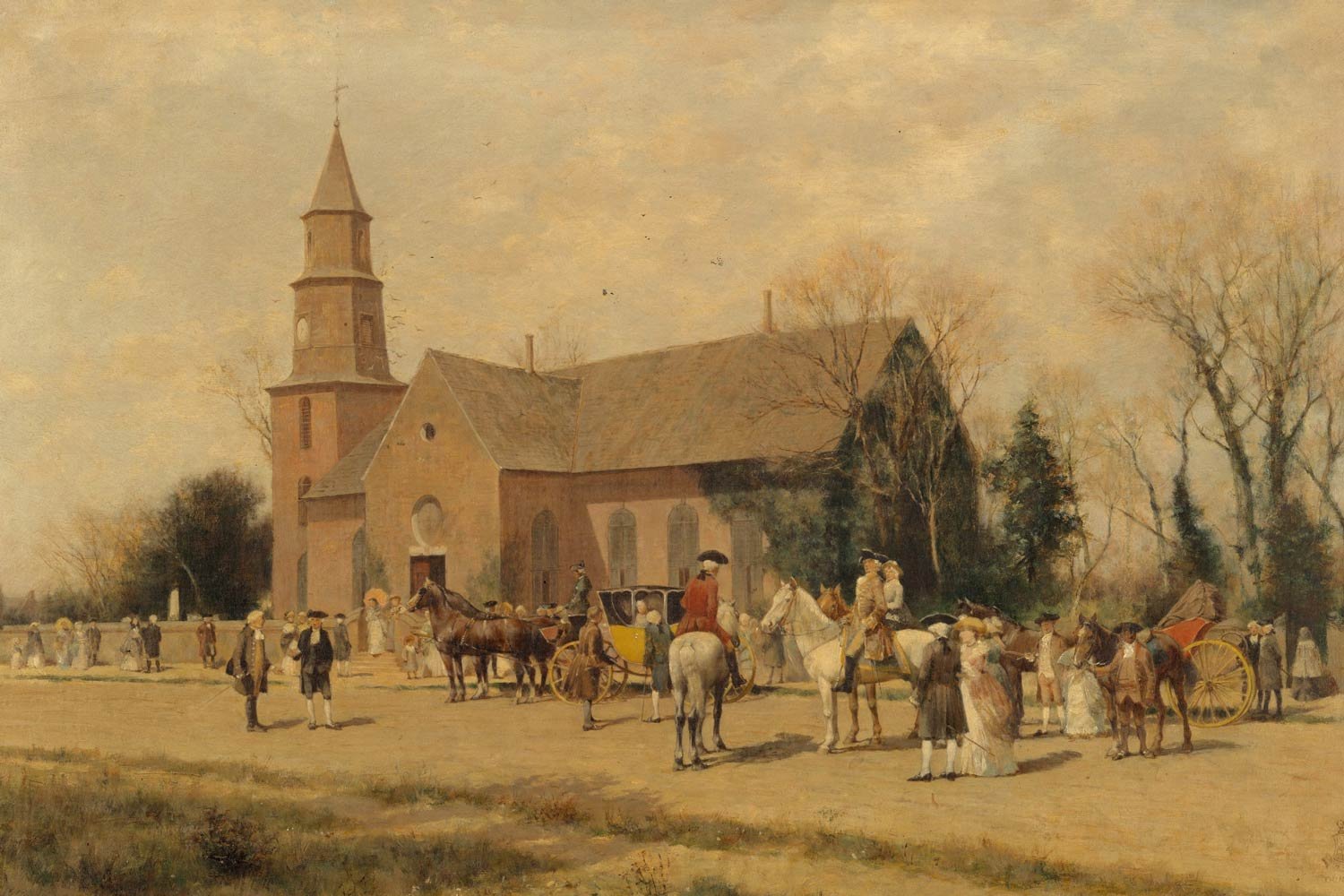
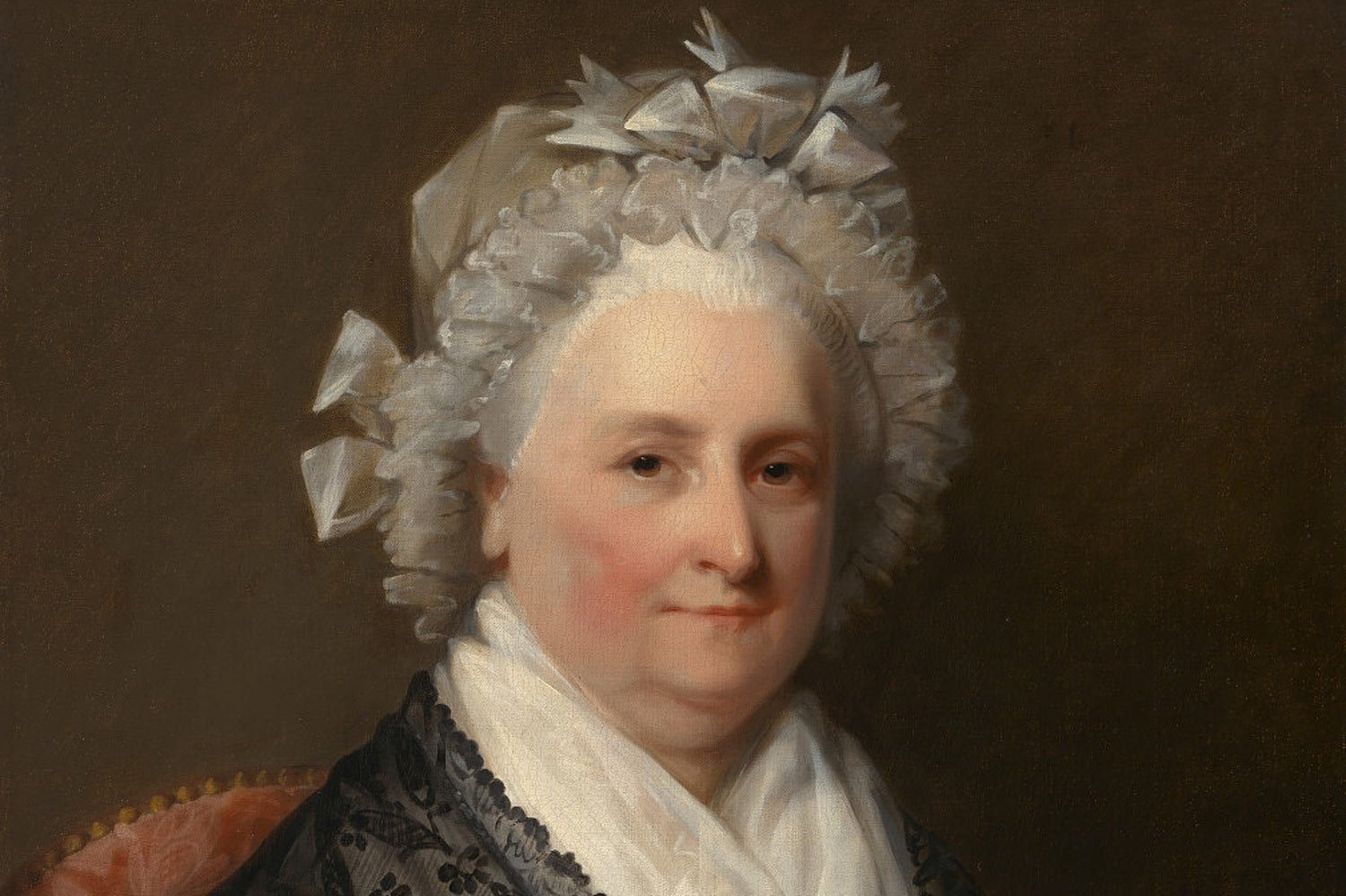
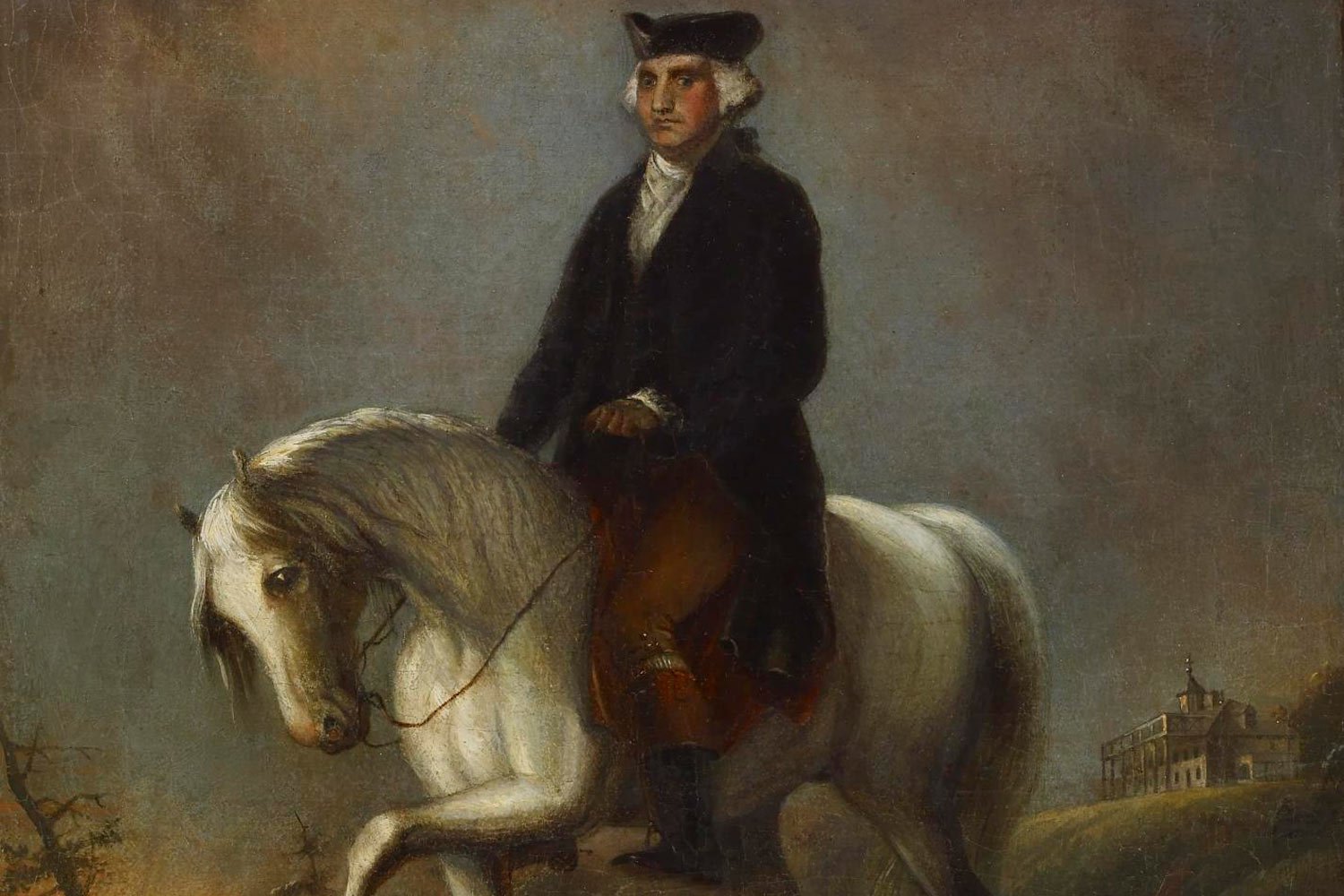
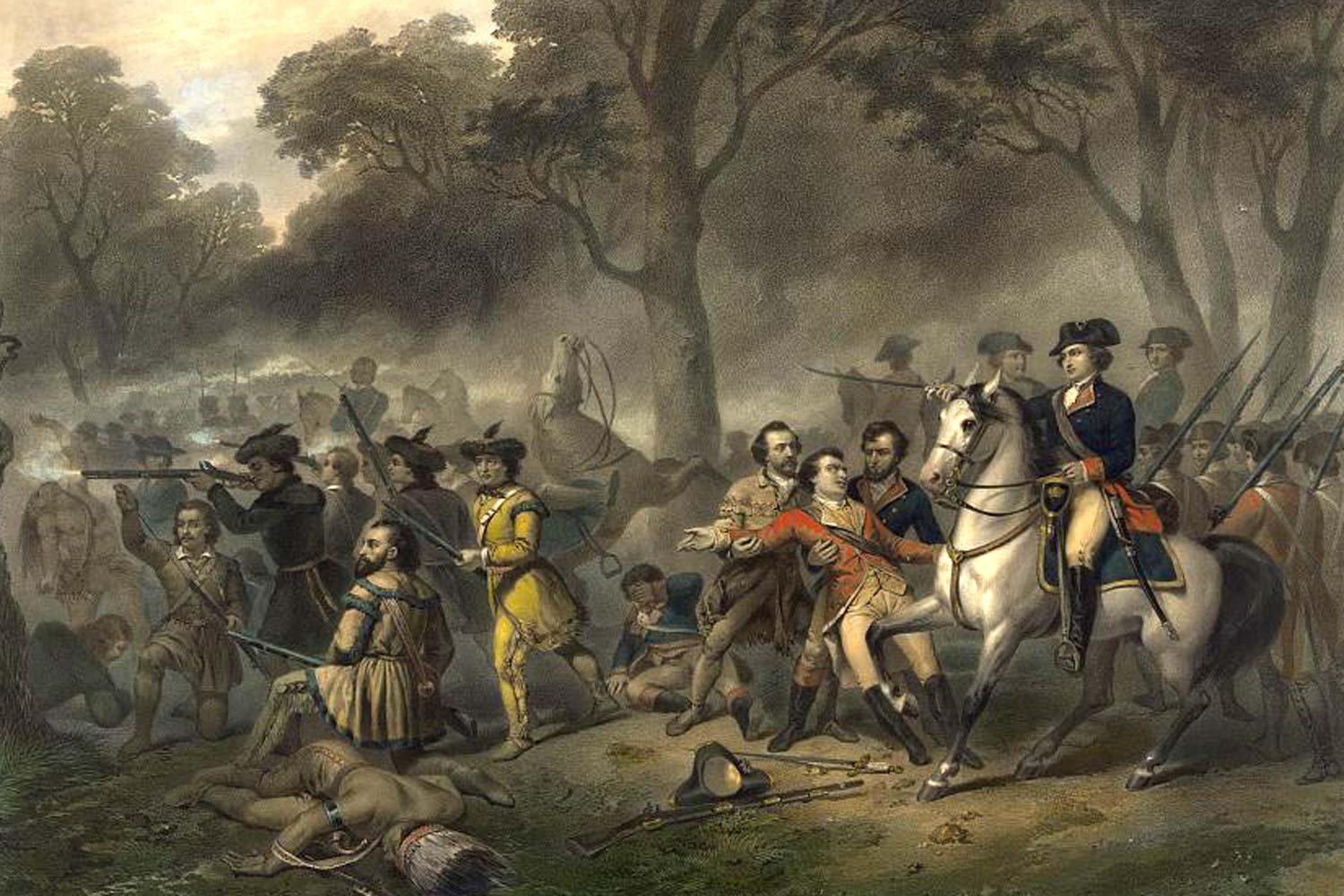
In December 1777, following the loss of Philadelphia, our nation’s capital, General George Washington moved his Continental Army to Valley Forge for the winter. It would prove to be a desperately hard winter for the soldiers, with conditions that might have broken the spirit of less determined men, but one from which the American army emerged a more professional fighting force.